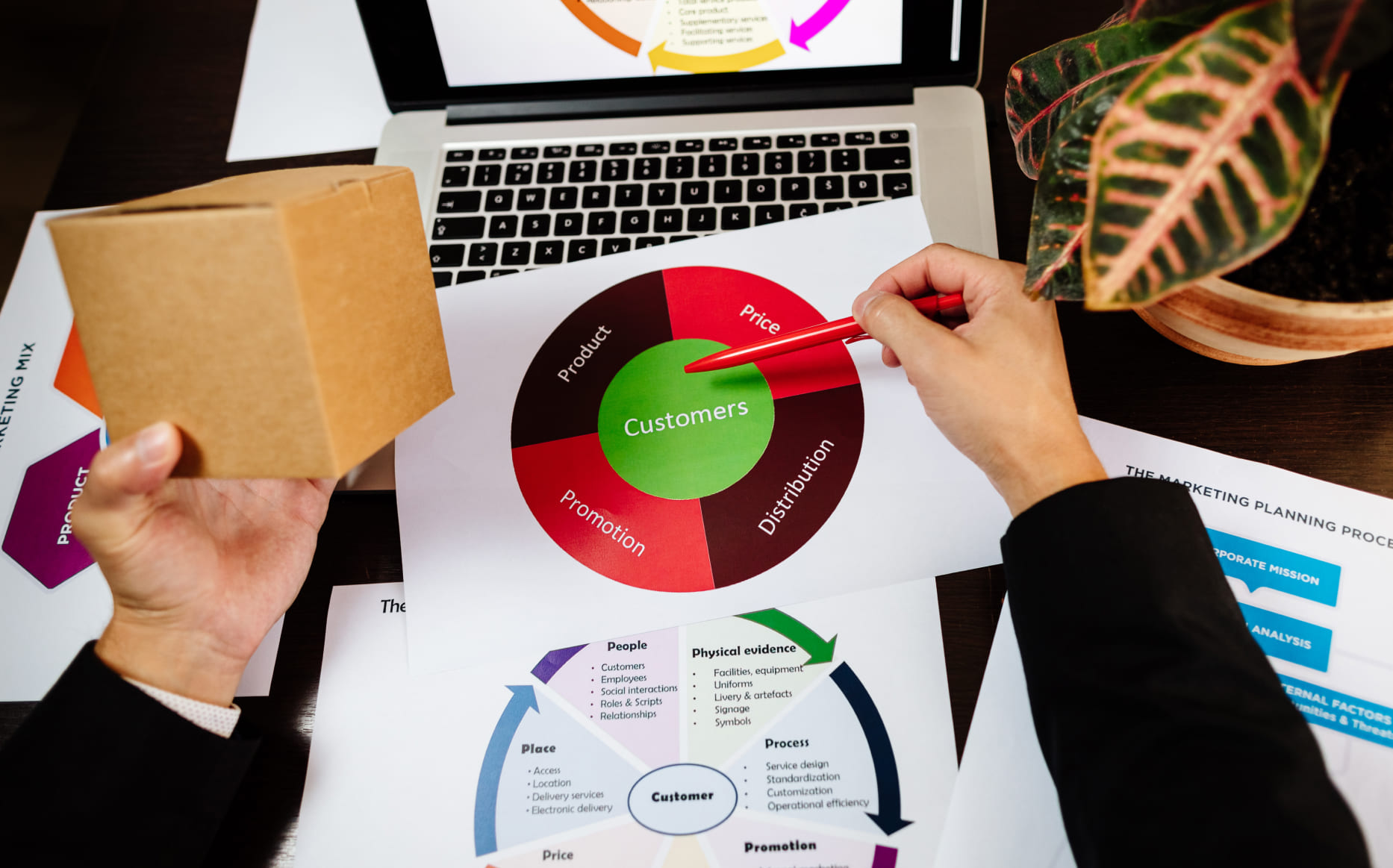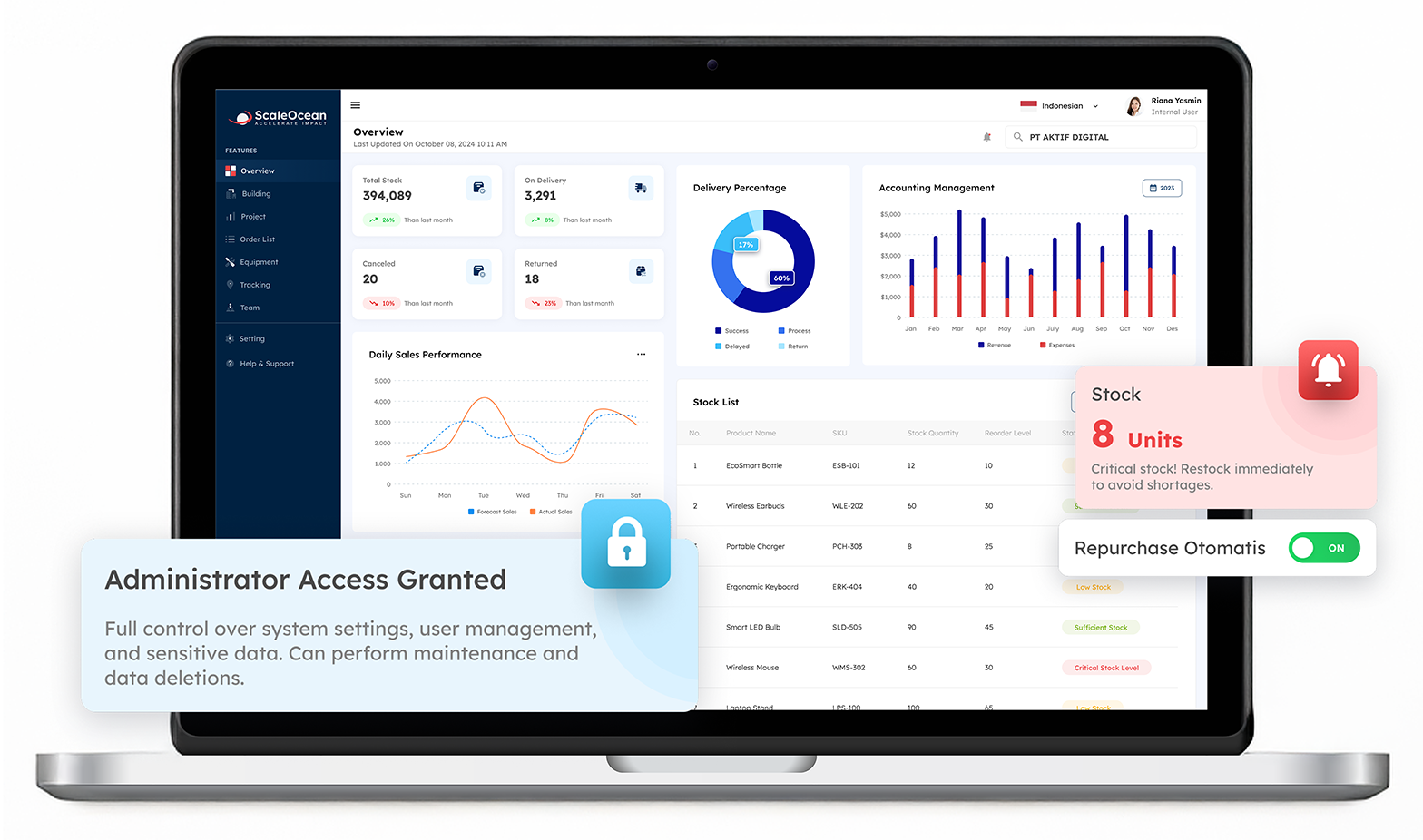With rapid changes in today’s business landscape, especially in Singapore, understanding the product lifecycle (PLC) is more critical than ever. Research from Supply Chain Digital shows that nearly 50% of annual company revenues across various sectors come from products launched in the past three years, highlighting the need for businesses to continuously innovate.
In many industries, product cycles are becoming shorter, often requiring companies to replace or update their offerings every two years. Delaying the launch of new products could mean competing with offerings that are already outdated, putting companies at risk.
Singapore’s emerging role as a leader in digital lending and wealth management further emphasizes the importance of quick adaptation. As The Straits Times highlights, by 2030, Singapore is projected to be the largest digital market in Southeast Asia. To thrive in such a dynamic market, businesses need to adopt a more integrated approach to supply chain management, using advanced technology to monitor and optimize operations.
This article will explore the benefits of understanding the product development life cycle and how leveraging technology can optimize each phase. In Singapore’s rapidly evolving digital market, businesses that effectively manage their product lifecycle will be better equipped to navigate competition and drive sustainable growth.
- The product lifecycle represents the stages a product goes through from its launch to eventual discontinuation.
- The product lifecycle stages consist of introduction, growth, maturity, and decline, each requiring different strategies to manage, ensuring long-term success.
- Key strategies include product innovation, aggressive marketing, cost leadership, product extensions, and focusing on customer loyalty to optimize each PLC stage.
- Optimizing the product lifecycle with ScaleOcean is the best way to enhance supply chain efficiency, improve inventory control, and integrate seamlessly with manufacturing systems.
What is The Product Lifecycle?

The product life cycle (PLC) represents the process a product follows, from its inception to its eventual discontinuation. This process typically involves four stages: introduction, growth, maturity, and decline. Management and marketing professionals rely on understanding the PLC to make informed decisions on boosting advertising efforts, adjusting pricing strategies, exploring new market opportunities, or even redesigning the product’s packaging. Optimizing each stage of the value chain helps businesses maximize the product’s potential throughout its lifecycle.
In Singapore’s business landscape, understanding and managing the product development life cycle is particularly crucial. As a highly competitive and dynamic economy, Singapore’s businesses need constant innovation and market responsiveness. With a diverse and tech-savvy consumer base, companies must ensure that their products evolve to meet shifting customer expectations and market demands. This emphasizes the importance of demand forecasting in helping businesses anticipate consumer behavior changes and adapt strategies.
Stages of The Product Lifecycle
The product lifecycle consists of four key stages that every product typically goes through: introduction, growth, maturity, and decline. Understanding these stages is essential for businesses, especially in fast-paced markets like Singapore, where staying ahead of trends and consumer preferences is critical for success.
1. Introduction
At this stage, a product is launched into the market, and initial sales are typically slow. Companies focus on building awareness and generating demand through marketing and outreach. In Singapore’s highly competitive market, introducing a new product requires innovative strategies to capture the attention of a tech-savvy and diverse consumer base.
2. Growth
As the product becomes popular, sales begin to increase rapidly, and the product starts to find its place in the market. Businesses can see positive customer feedback and wider adoption. This is where companies can leverage their strong digital infrastructure to scale quickly and reach a broader audience. Implementing solutions like MES in Singapore can further enhance manufacturing processes, ensuring efficiency as companies expand.
3. Maturity
Sales reach their peak, and the market becomes flooded with similar products. As a result, competition increases. At this product life cycle stage, companies must prioritize maintaining market share by boosting customer loyalty, introducing new features, or offering additional services to stand out from competitors.
4. Decline
In this phase, sales decline as the product becomes outdated or consumers move toward newer alternatives. Companies may choose to discontinue the product or explore ways to extend its lifespan, such as through redesigns or targeting niche markets. With Singapore’s rapidly changing market, businesses must remain flexible and adapt quickly to new trends to stay competitive.
Also Read: What is Supply Chain Management (SCM) and Why it Matters
What Factors Can Affect The Product Lifecycle?
The product life cycle in supply chain management is not a static process and can be influenced by various external and internal factors. These factors can determine how long a product remains in each stage, from introduction to decline. Below are some key factors that can impact the product life cycle stages.
- Market Demand: The demand for a product can greatly impact its growth and maturity stages. When consumer interest is high, the product may experience an extended growth phase and a longer period of market stability.
- Competition: Increased competition can shorten the product’s life cycle, especially during the maturity stage. When many similar products are available, it becomes harder for a product to maintain its market share.
- Technological Advancements: New technology can either extend or shorten the product life cycle supply chain. Products that fail to adapt to technological changes may decline faster, while innovative products may experience extended growth phases.
- Consumer Preferences: Shifts in consumer preferences can significantly impact a product’s life cycle. If tastes change or if a new trend emerges, a product may quickly move into the decline stage as consumers turn to alternatives.
- Marketing Strategy: Effective marketing can enhance a product’s visibility and extend its life cycle. Aggressive promotion, targeted advertising, and brand loyalty efforts can help maintain demand, especially during the maturity phase.
Pros and Cons Product Lifecycle
The product lifecycle business provides a clear framework for understanding the stages a product goes through, helping the company plan and allocate resources effectively. One of its major advantages is that it offers insights into how a product’s sales and market presence evolve over time, allowing companies to adjust their marketing strategies, product features, and pricing accordingly.
However, one of the challenges of the product lifecycle is that it can be difficult to predict exactly how long each stage will last or how market dynamics will change. Some products may experience a quicker decline than expected, while others could see a prolonged maturity phase.
Additionally, the concept of the product life cycle stages assumes a fairly predictable pattern, which may not always apply in today’s rapidly changing markets, such as in tech industries where products may experience rapid innovation or disruption. As a result, businesses in Singapore need to stay agile and continuously monitor the market to ensure their strategies remain effective.
Here are the pros and cons of the product lifecycle:
| Pros | Cons |
|---|---|
|
|
Product Lifecycle Example
In Singapore’s fast-evolving and tech-driven market, businesses must understand the product life cycle to stay competitive. By examining global brands, companies can learn how to manage each stage of the life cycle. A product life cycle analysis example from the smartphone industry offers valuable insights on navigating the introduction, growth, maturity, and decline stages effectively.
The smartphone market follows the usual stages of the product development life cycle. A product life cycle analysis example can be seen as manufacturers release new models in the introduction stage, using marketing strategies to build awareness. As the product progresses to the growth stage, sales increase as more consumers adopt the product, with companies enhancing features to attract additional users.
The maturity stage brings increased competition as the market fills up, prompting companies to differentiate through new features, updates, and competitive pricing. In the decline stage, older models are replaced by newer, more advanced phones, and companies shift focus to the latest offerings.
Strategies for Managing the Product Lifecycle

A product’s competitiveness and profitability depend on its product development life cycle (PLC) being operated efficiently. Businesses can implement the following tactics at every PLC stage:
1. Product Innovation and Differentiation
At the introduction stage, businesses must focus on innovation and differentiation to stand out in a competitive market. This could involve introducing unique features, ensuring high product quality, or using advanced technology. Managing manufacturing overhead efficiently during this phase ensures that production costs remain under control while scaling up to meet the demands of early adopters.
2. Aggressive Marketing and Promotion
During the growth stage, an aggressive marketing strategy is key to driving awareness and expanding the customer base. Businesses should prioritize focused advertising, promotional activities, and social media engagement to enhance product visibility. In Singapore’s fast-moving market, where consumers are well-informed, strategic marketing aimed at specific groups or preferences can drive quick product adoption and expansion, keeping up with manufacturing industry trends.
3. Cost Leadership and Efficiency
In the maturity stage, the focus shifts to maintaining market share and optimizing profitability. Cost leadership strategies become important, which involves simplifying operations, reducing production costs, and increasing efficiency. Companies can take advantage of advanced technology and automation to improve operational efficiency.
4. Product Extensions and Diversification
To extend the product lifecycle during the decline stage, businesses can introduce product extensions or diversify their offerings. This might involve rebranding the product, adding new features, or targeting new market segments.
Companies can explore regional or niche markets to stay relevant or reposition the product to align with changing consumer needs. Effective inventory control plays a key role in this process, ensuring that product adjustments or expansions are managed efficiently.
5. Focus on Customer Loyalty
Another strategy to manage the product life cycle is focusing on building and maintaining customer loyalty. By offering excellent customer service, loyalty programs, and personalized experiences, businesses can increase customer retention and extend the product’s life. Building a strong relationship with customers can create long-lasting value, even as the product moves through its life cycle stages.
Optimizing the Product Lifecycle with ScaleOcean SCM Software

ScaleOcean SCM software enables businesses to improve supply chain management by providing real-time tracking, better inventory control, and more efficient material flow. With complete visibility into each stage of the product life cycle, from procurement to distribution, businesses can make informed choices that help reduce costs and improve operational efficiency.
The ability of this software to integrate with manufacturing software is a key strength. This integration improves production planning, provides greater inventory control, and helps manage fluctuations in demand, allowing manufacturing lines to operate efficiently without delays or shortages. This is particularly important during the growth and maturity stages of the product life cycle.
Moreover, ScaleOcean’s ERP integration supports businesses during the decline stage by identifying cost-saving opportunities or enabling product adjustments. The software’s insights allow companies to respond quickly to market shifts, manage product updates, or phase out products at the right time. With ScaleOcean, businesses can extend product life cycles while reducing waste and maximizing profitability. Plus, a free demo is available to explore how the system works and benefits your business.
Here are some key features that support the optimization of the product life cycle:
- Real-Time Inventory Management: Allows real-time stock monitoring, reducing excess inventory and ensuring raw materials are always available to meet demand.
- Demand Forecasting: Uses analytics to predict product demand, helping plan production more accurately and avoid stock shortages or excess supply.
- Production Scheduling: Optimizes production scheduling to enhance efficiency and reduce downtime, ensuring manufacturing processes run as planned.
- Supply Chain Visibility: Provides full visibility into the entire supply chain, making it easier to identify and address issues that may disrupt operations.
- Data-Driven Insights: Offers in-depth, data-driven analysis to support better decision-making at each stage of the product life cycle.
Conclusion
In Singapore’s rapidly evolving market, understanding the product life cycle stages is crucial for businesses to stay competitive. As product cycles become shorter and market demands shift, companies must quickly adapt to avoid falling behind. Proper PLC management helps businesses make informed decisions regarding product updates, marketing, and pricing strategies.
ScaleOcean SCM software offers a comprehensive solution that integrates seamlessly with manufacturing systems, enabling businesses to improve production planning and inventory control. The software also provides valuable insights during the decline stage, helping businesses reduce waste and maximize profitability. Start optimizing your product lifecycle today! Sign up for a free demo and discover how ScaleOcean can transform your business.
FAQ:
1. What is a product lifecycle framework?
A product lifecycle framework consists of principles, practices, and processes that guide you through the stages of product development and management. It assists in defining the product vision, validating assumptions, prioritizing features, delivering customer value, and measuring overall impact.
2. What are the 4 product life cycles?
A product life cycle includes four stages: introduction, growth, maturity, and decline. Many products stay in the maturity stage for an extended period, but eventually, all products are phased out from the market.
3. What are the benefits of product life cycle?
By applying a product life cycle model, investors and developers can predict the path of new products and strategize for their success. Understanding the product life cycle helps create a roadmap for making informed decisions and forecasting finances for your business.







 PTE LTD..png)
.png)

.png)








.png)
.png)
















